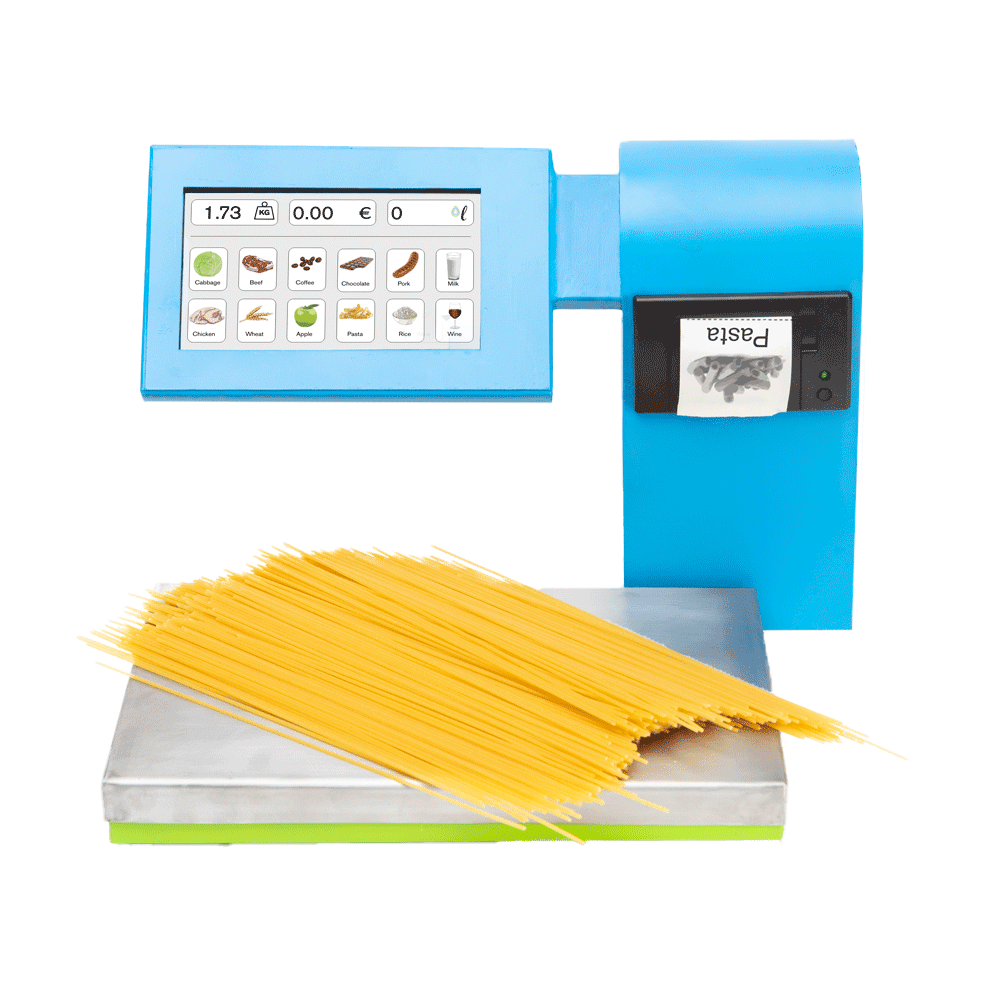Waterscale
July 2018
Our life depends on water, our food depends on water, we are saving water, we are paying attention to our consumption, we are turning off the tap whilst brushing our teeth, we are buying a dishwasher - we are saving wherever we can and that is good. However, we are misinformed; we are not aware where the majority of water ends up. 97,5% of all water is in the oceans and therefore, salty; 68% of the freshwater is locked in ice, 30% is in ground reservoirs and only 2% is stored in lakes, rivers, air and ground moisture. So how is this water used? Domestic use accounts for only 11% of the total fresh water consumption, industry work for 19%, and all the rest, 70% goes into agriculture - our food.There are three terms used to refer to the water used by food production: green water, blue water and grey water. Green water is the rain stored in the upper soil as moisture and accounts for most of the water used in agriculture. Blue water makes up all the rivers, lakes as well as the ground water. These resources are often used in droughts and can be depleted. Grey water is the amount of fresh water required to assimilate pollutants to meet specific water quality standards. So how is this relevant for us?
Our food uses water, lots of it and some need more than others. One Kilo of Beef for example needs roughly 15000 litres, which equals an 20 hour shower comparing compare to wheat which uses only 1200 litres, equaling 1 hour and 15 min. Depending on the location the ratios of green, blue and grey water can vary a lot. A product with the highest amount of green water is most sustainable because rain is an never-ending source of water. So how can we decide, what products we take home with us? Usually in supermarkets we have to go to a scale to get a sticker telling us how much we have to pay. Why don’t we just use the scale as an interface between the customer and the vast amount of data. A screen shows us right there, how much water is used, we can compare the production sites and make an informed decision. Most importantly we get a sticker with the price and all the informations, which we take home with us. Using a familiar act - shopping groceries - makes it actually convenient to gather knowledge about what we buy and perhaps start to act more responsible.
